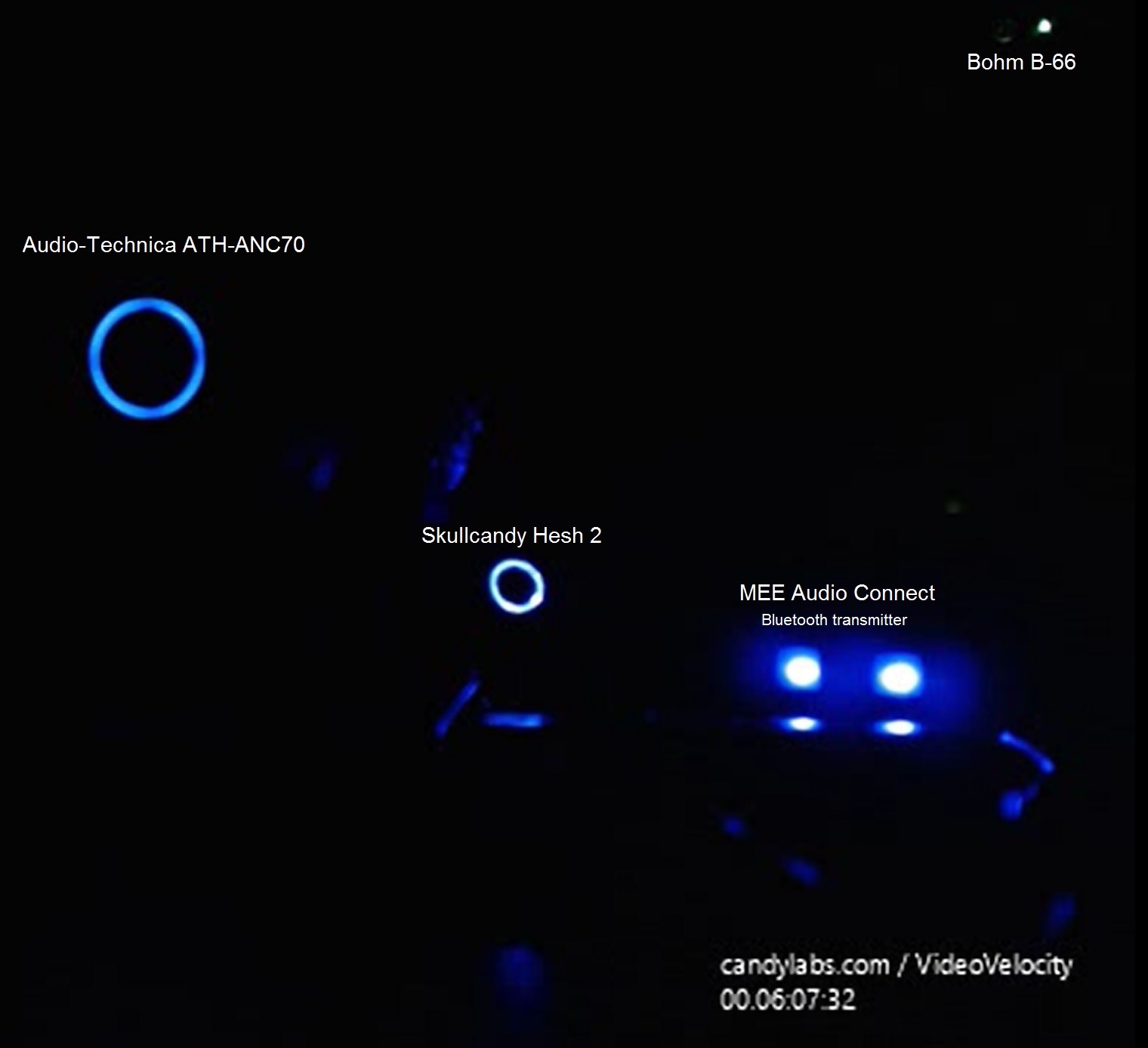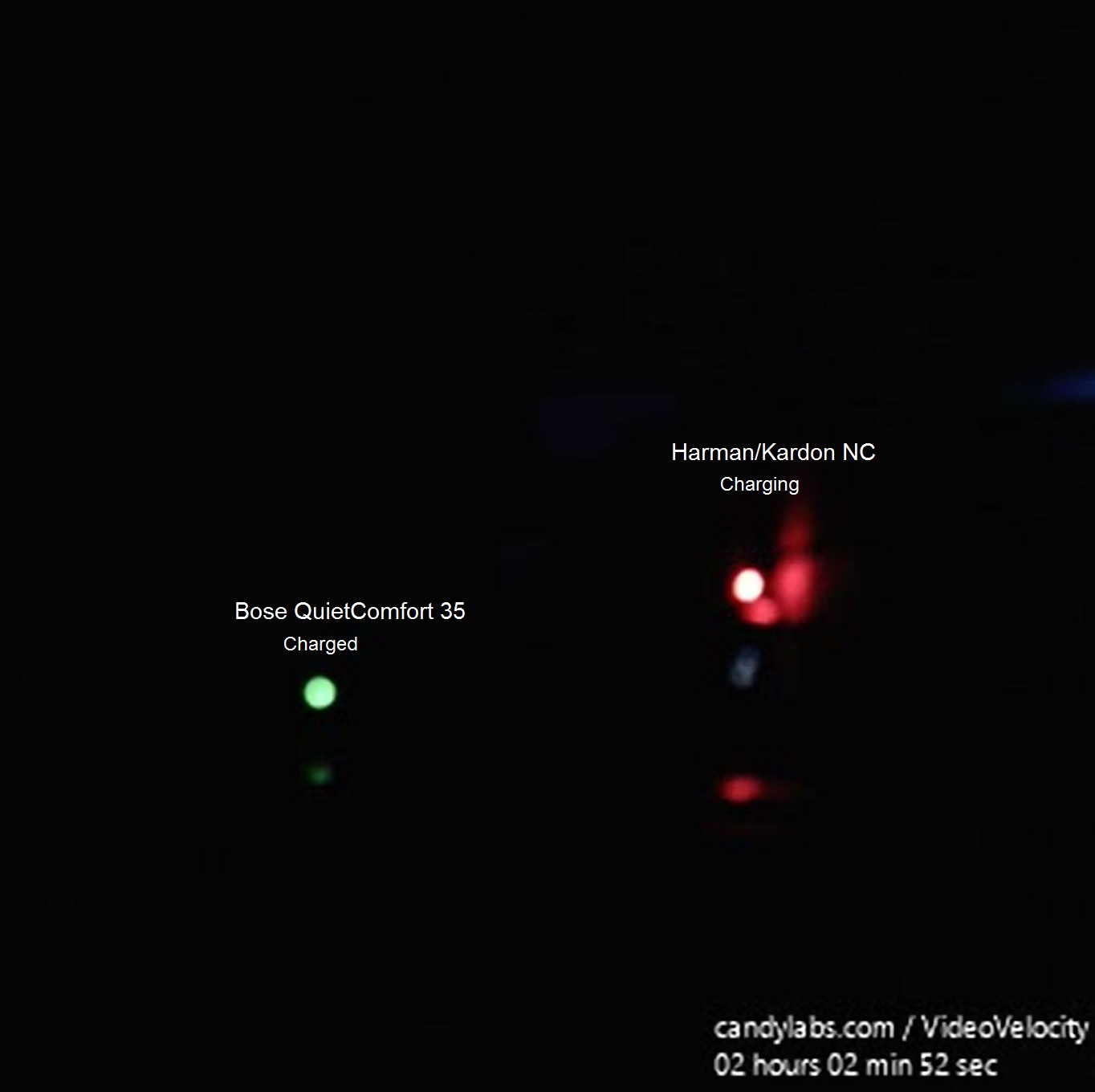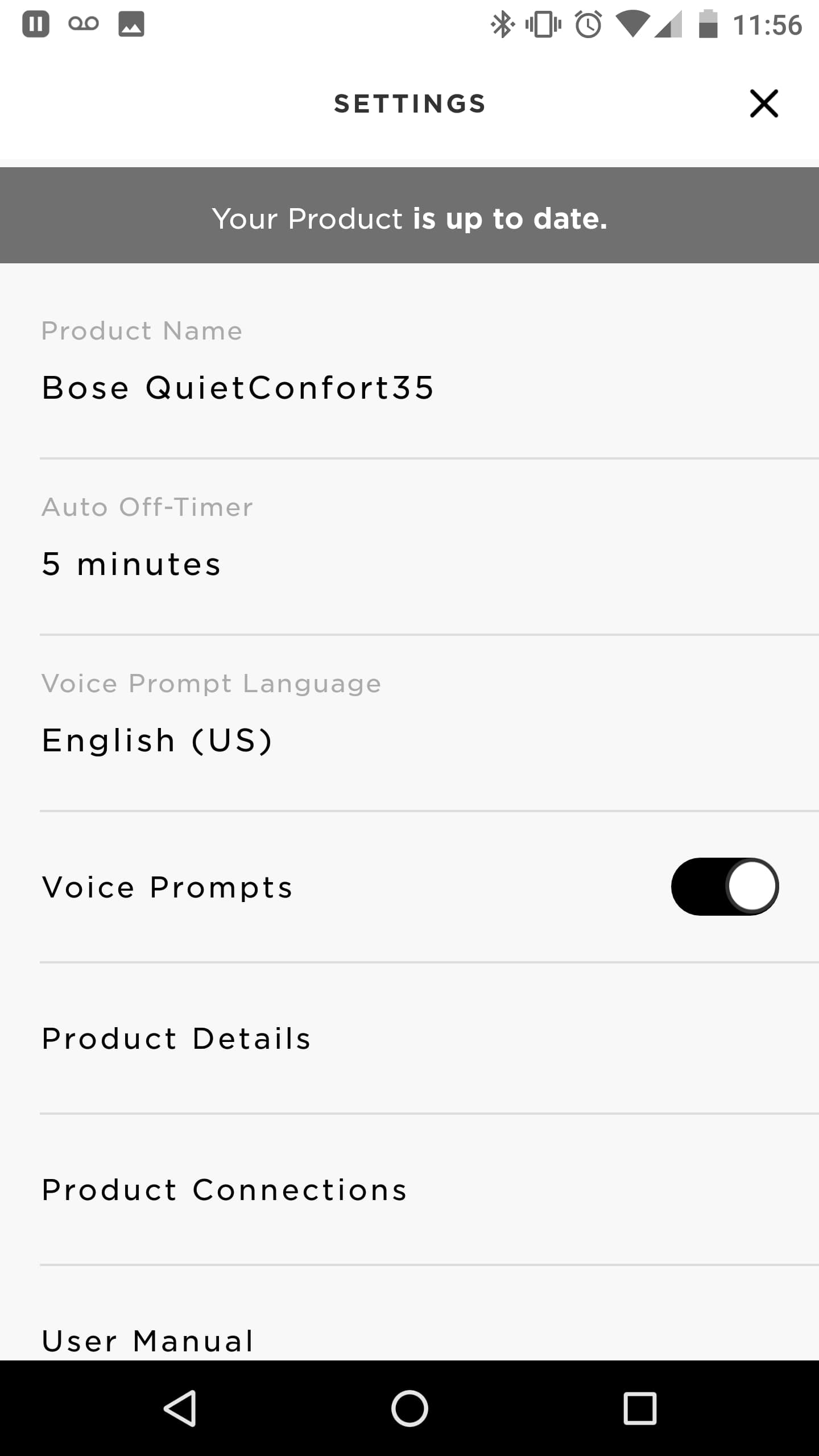- Table of Contents
- Intro
- When it matters
- Our Tests
- Conclusion
- Comments
- 50.0% Continuous Battery Life
- 20.0% Total Battery Life
- 10.0% Charge Time
- 10.0% Power-Saving Feature
- 5.0% Audio While Charging
- 5.0% Passive Playback
Our battery test measures how long your active headphones will last on a single charge. If your headphones play audio wirelessly, cancel ambient noise or enhance your listening experience with active features, then they have a battery that will drain over time.
The importance of battery life is dependent on your listening habits and headphone choice. If you're often on the move and do not have a lot of opportunities to charge your active headphones, then a long-lasting battery may be more suitable. Likewise, if you use your headphones sparingly or rarely find yourself in need of additional noise cancellation, then a short battery life may not be much of an issue. However, the ideal active headphones should deliver the full set of their active features, without requiring multiple charges throughout the day.
We test headphone batteries based on battery life, charge time and battery saving features like auto-off timers. We also test if the headphones are able to stream audio while charging or passively when the active features are turned off.
Test results
When it matters
Active features such as noise canceling, wireless audio streaming, and bass enhancing toggles or sliders, will dictate how long the headphones' battery will last. A poor battery life performance may ruin your listening experience as most active headphones, especially, wireless ones will stop working once the battery is dead. Therefore battery life will matter more for listeners who need active features, to reduce the ambient noise of loud environments or prefer a wireless connection to their audio devices.
Our Tests
We judge the performance of a headphones' battery by measuring the charge time, battery life and additional battery saving features like an auto-off timer. This test is done in a closed, soundproof box, to get the most accurate results. We also check if the headphones can continue playing audio when charging.
Battery Type
Most active headphones use two types of batteries. AAA batteries, that are easily replaceable, or embedded, rechargeable Li-ion/Li-Polymer batteries, mostly found in newer headphone models. AAA batteries also have rechargeable variations but require an external battery charger, unlike embedded ones, which charge via the headphones' Micro-USB port.
To get the most consistent results, we use new AAA 1.5V, MN2400 Duracell batteries for each headphone test. However, the battery type is not scored, because battery life is more dependent on the headphones' design and its longevity is taken into account with the battery life test.
Continuous Battery Life
Battery life is measured by recording a time-lapse video, of the active headphones' LEDs. The LEDs usually change color or turn off when the battery is low or drained. To further verify our results, we also have a multi-track audio recorder (the Zoom H6 shown above) taping a looped track, that's played by the different headphones, at 90 dB SPL. This adds a load to the headphones and simulates a life-like, typical user experience.
Additional Charges
[Coming Soon]
Total Battery Life
[Coming Soon]
Charge Time
The charge time is measured with a similar set up as that of the battery life test. However, we do not add a load to the headphones when charging. This measurement using only a time-lapse recording of the active headphones LEDs.
Charge time is done strictly with headphones that have an embedded, rechargeable battery and not with those that use AAA. Also, charge time will vary depending on your power source, for example charging with a PC will take a bit longer than charging directly from a wall outlet using the provided power adapter.
Power Saving Feature
Some active headphones have a built-in auto-off timer or one that can be enabled via their provided apps. For this test, we connect the headphones to an audio source then, stop streaming audio to see if the headphones will automatically turn off after a set time. This feature allows headphones to reduce battery consumption when they're not being used, so it's given a more substantial weight of the overall battery score.
Audio while charging
Some headphones allow you to continue streaming audio while charging. For this test, we plug the active headphones to a power source and check if the audio continues playing or not. However, audio while charging is only possible in certain situations, like being at your desk at the office or on a plane/train. Therefore it's not given much weight in the overall score for the battery test.
Passive Playback
All the active features of a headphone stop working when the battery is completely drained. However, some active headphones can also work passively so that you can continue to listen to your audio even when they're out of power. Depending on the headphones battery life you won't always have the possibility to charge them when the batteries die. Therefore headphones that have passive playback will be scored slightly better than those that don't.
Conclusion
Our battery test measures the time it takes for active headphones, to be completely drained from a single charge. Usually, when the battery runs out, you lose some or all the active features that the headphones provide. Wireless headphones, especially, turn off when the battery is dead, leaving you stranded without audio until you can connect them to a power source. Therefore, we test the charge time and battery life, as well as battery-saving features like an auto-off timer for all our active headphones. We also check if you can use them while they're charging or passively when the batteries are completely drained. Depending on your listening habits and headphone choice, long-lasting battery life may be crucial if you don't often get the chance to recharge throughout the day.




